While you’re losing weight with Nutrisystem, you’re learning how to eat well for the rest of your life. Your Flex meals are your chance to practice what you know about good food. To inspire you to discover new tastes you love, we’ve put together this list of reasons to try different recipes each week.
1. Battle boredom.
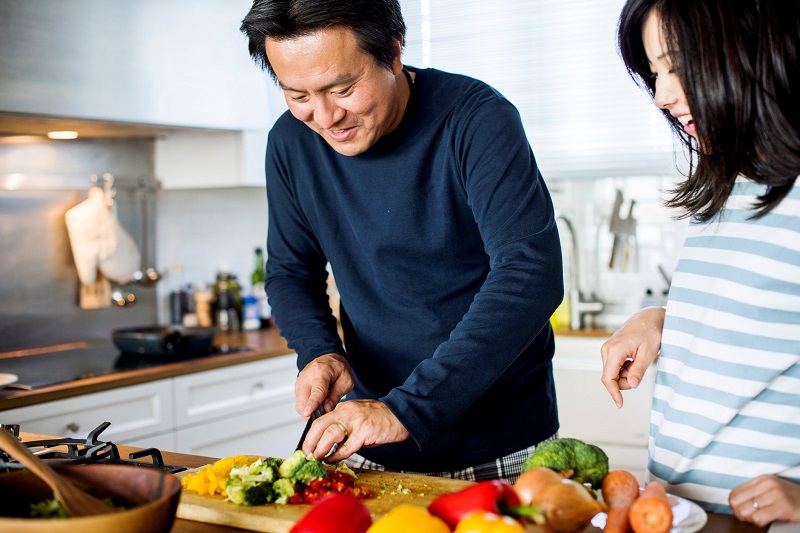
When you feel like you’re stuck in a rut with your favorite healthy foods, those junk food cravings can be hard to resist. Make a new dish every week and you’ll never be bored. The Leaf has thousands of healthy and delicious weekly recipe ideas that fit perfectly into your Nutrisystem program. Explore our recipe section here! >
2. Very versatile.
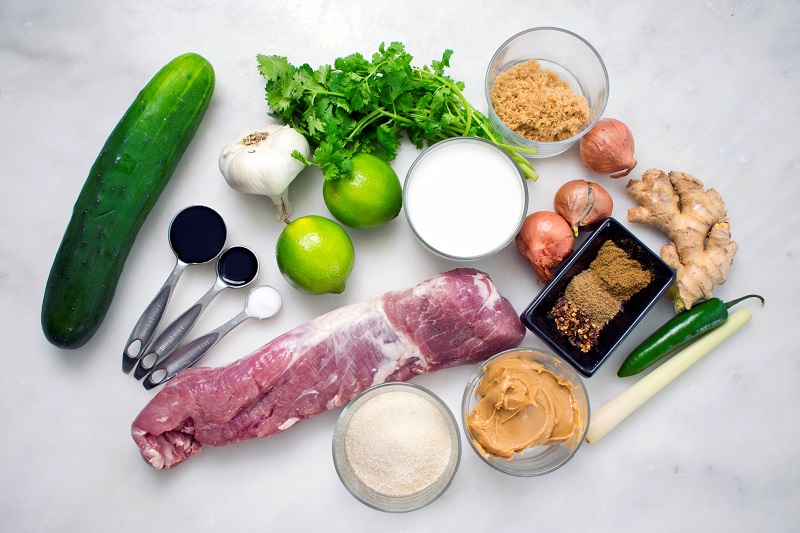
There are no dull ingredients, just tired ways of preparing them. PowerFuels like chicken or turkey breast and SmartCarbs such as winter squash can be used in so many ways, they may seem like different foods in each recipe.
Turkey Stuffed Acorn Squash features melted mozzarella, meaty mushrooms and zesty garlic. Butternut Squash Turkey Chili serves up steaming bowls full of hearty beans, sweet and hot peppers, and chunks of tender squash. The two main ingredients are the same, but the taste is completely different!
3. Discover new tastes.
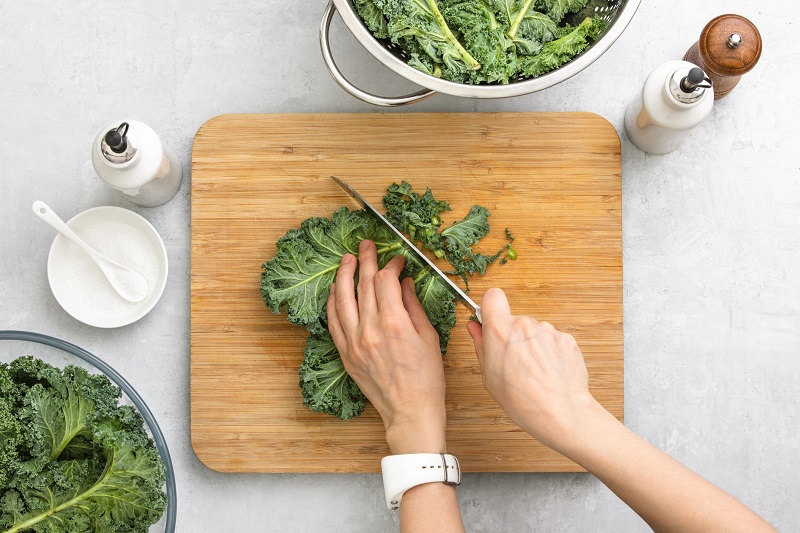
You know what you like. Or do you? A good way to find out if you enjoy any vegetable or other healthy ingredient is to try it three different ways before you pass judgment. Get started with these 11 awesome vegetable recipes that aren’t salads! >
4. Explore the world.
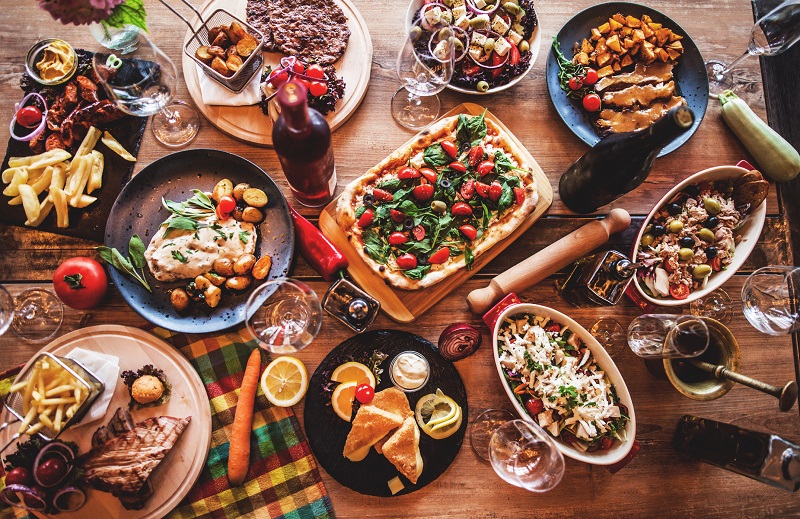
The foods of other countries excite your taste buds with exotic flavors. You can experience a bit of Greece with Spanakopita Spinach Pie, get a taste of Thailand with Instant Pot Chicken Pad Thai or enjoy a fiesta with Mexican Corn Dip.
5. Lifetime skills.

Making a new recipe deepens your knowledge about healthy foods and helps you to make well-informed decisions about everything you eat. That know-how will help you maintain your healthy weight for the rest of your life.
6. The power of variety.
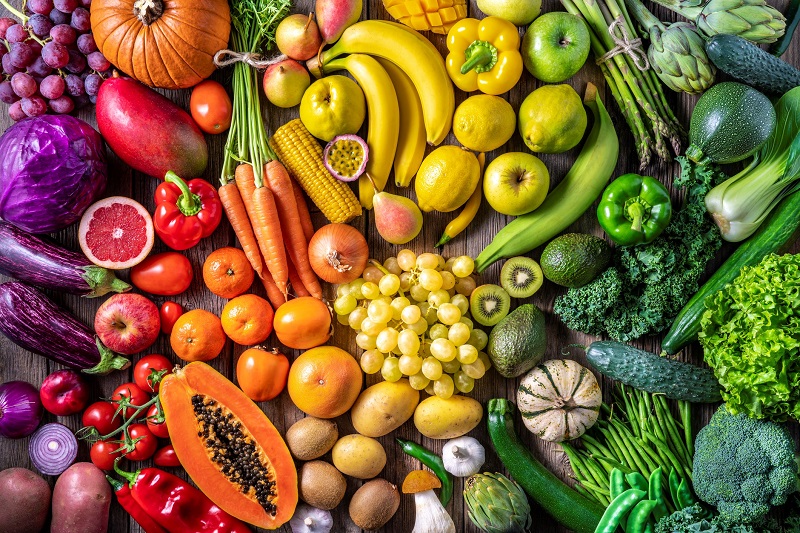
Each type of food comes with its own unique balance of nutrients. The more varied your diet, the better nourished you will be. That protects your health and helps you lose weight.
7. Social scene.

Cooking a meal can bring the family together to share the experience. Give each member of the household a chance to pick a new recipe and everyone will be excited about healthy eating. Here are 20 healthy recipes you can make for the whole family! >
8. Easy as pie.
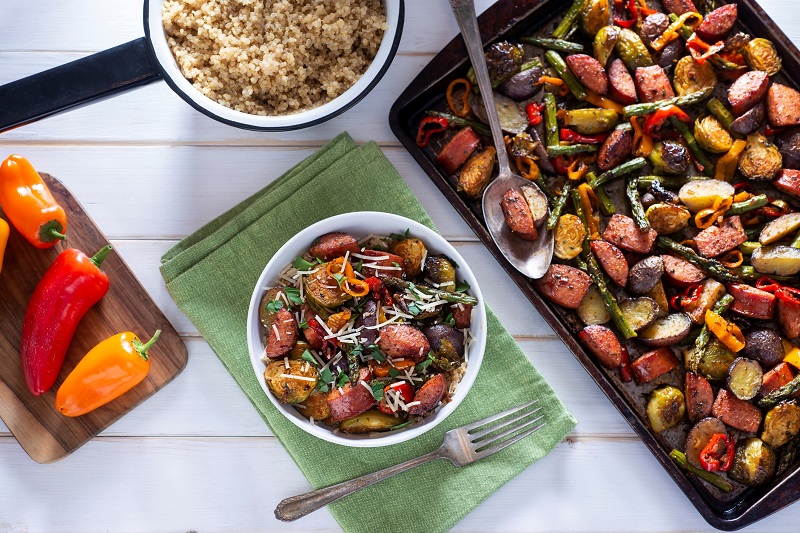
Even if you have limited (or no) cooking skills, you can still try new dishes and enjoy success with them. So many recipes on The Leaf take just a few steps to make. Sheet pan recipes, for example, are so simple because you put all of the ingredients on one tray and cook them together.
9. So many choices.

With the right recipe, you can eat almost anything you like while you’re losing weight. Five-Ingredient Buffalo Cauliflower Breadsticks satisfy several cravings. You’ll be amazed that you can stay on your weight loss plan and enjoy Air Fryer Funnel Cake.
10. Simple pleasures.
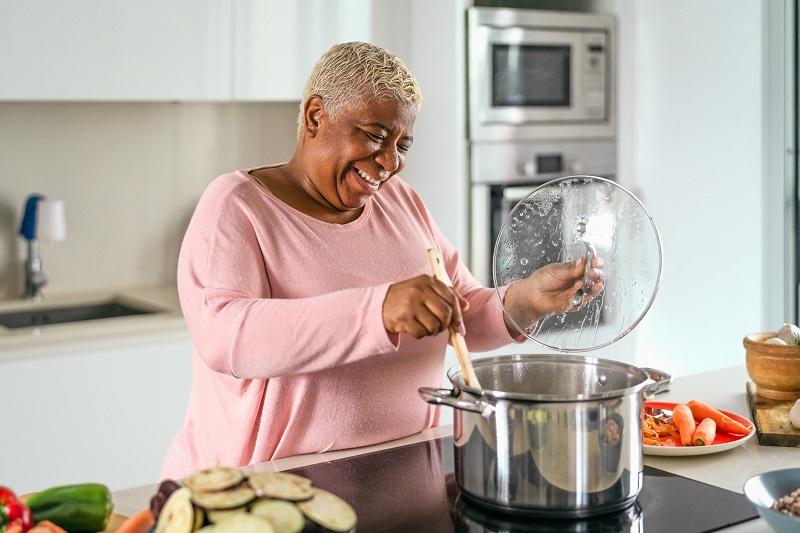
We need to eat to fuel our bodies but savoring good food also brings us a little joy. Trying new recipes brings excitement to our daily meals and makes any day a bit more pleasurable. Now that’s something we’ll never get tired of.
The post 10 Reasons to Try a New Recipe Every Week appeared first on The Leaf.



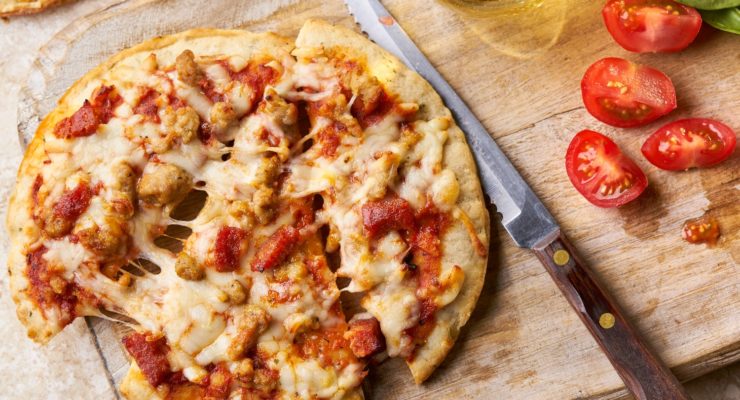
Comments
Post a Comment